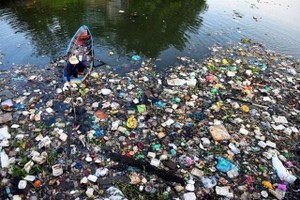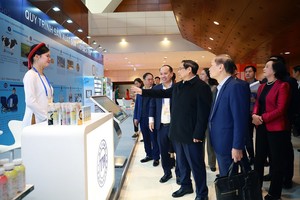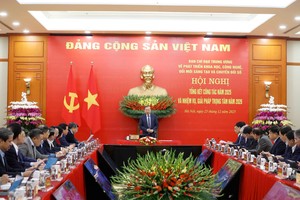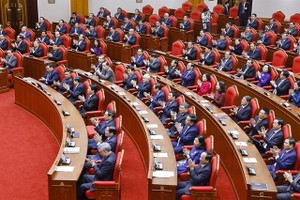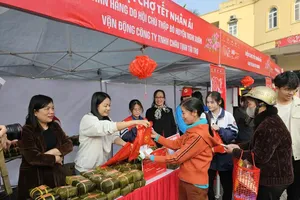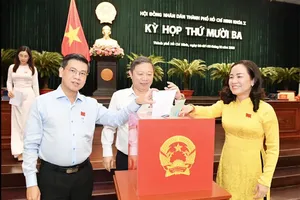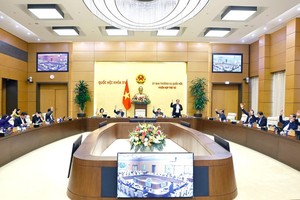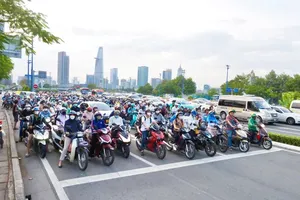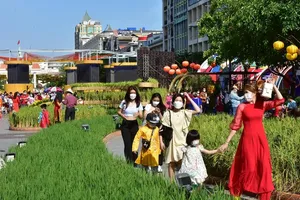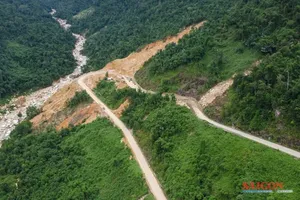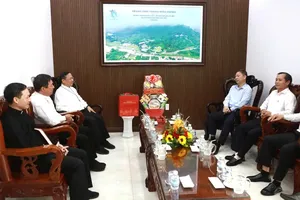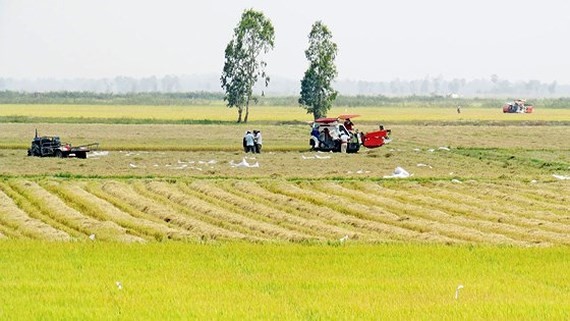
According to the annual summary report of the Ministry of Science and Technology (MOST), in 2017, science as well as technology themselves had an active role in restructuring the agriculture sector, helping the countryside not only to gain a new appearance but also to increase performance and quality while boosting exporting ability.
Looking into more detail, science and technology now comprise 30% of the increase in agricultural production and 38% of the growth of seeds and breeding stock. More than 90% of rice fields, 80 percent of corn fields, 60 percent of sugarcane fields, and 100 percent of new cashew fields are using Vietnamese seeds.
The performances of animal raising and plant growing are higher than those of neighboring nations. For example, Vietnamese’s rice is leading ASEAN while our shark catfish and pepper are unparalleled worldwide. Vietnamese’s coffee and rubber also stand at the second position globally.
The rate of mechanized agriculture is boosted as well, with a 1.5-2 percent increase of machines in production compared to 2016. There exist new models of aquaculture farms, having a chain of value production for shrimps, shark catfish, and lobsters.
As stated by Deputy Minister Tran Van Tung of MOST, after a long time focusing on increasing yields and performance, Vietnam now pays more attention to raising quality and value-added chains.
To also improve its competitiveness in international markets, agriculture has already restructured its production methods to create close links to be a foundation for the application of science and technology to boost efficiency as well as quality, effectiveness of advantageous produce.
The participation of large corporations and businesses into agriculture recently or the growth of certain special animals and plants for exporting to particular markets are some typical examples of that change.
Nevertheless, MOST also admitted that all of those results are not the full potential of Vietnamese agriculture. Vietnamese farmers account for 70 percent of population, yet they only contribute 20 percent to GDP, while these figures in other developed countries are 2-4 percent and 40 percent, respectively.
According to the report of World Bank Group (WBG), GDP in agriculture of Vietnam is on the wane, and its performance growth has a signal of weakening while the income gap between workers in this sector and those in others is widening.
To tackle this issue, WBG suggested that Vietnamese agriculture should change its visions and methods so as to apply more technology to build value links or gather farmers into companies.
In this way, Vietnam will change from traditional production to high-tech one, creating prominent values with its newly-built agricultural links having higher competitiveness.
At the moment, although agriculture in Vietnam has high yields, its labor performance and preservation are too low in the local area. Speaking in the general summary meeting of 2017 of MOST, Prime Minister Nguyen Xuan Phuc asked that MOST must play an active role in renovating models of economy increase, especially in agriculture.
In particular, MOST should pay much attention to modernizing production models and enhancing the quality of produce. He also mentioned that more investment should be stimulated and more technology should be applied in advantageous areas of each produce such as the Mekong Delta with fruit trees and shrimps and fish or the South East area with industrial trees in order to form major agriculture centres and areas.
It is obvious that to obtain sustainable development and create high-tech agricultural links or organic agriculture, there is no way but to refresh our mind, our production as well as preservation methods by applying more advances of science and technology.



